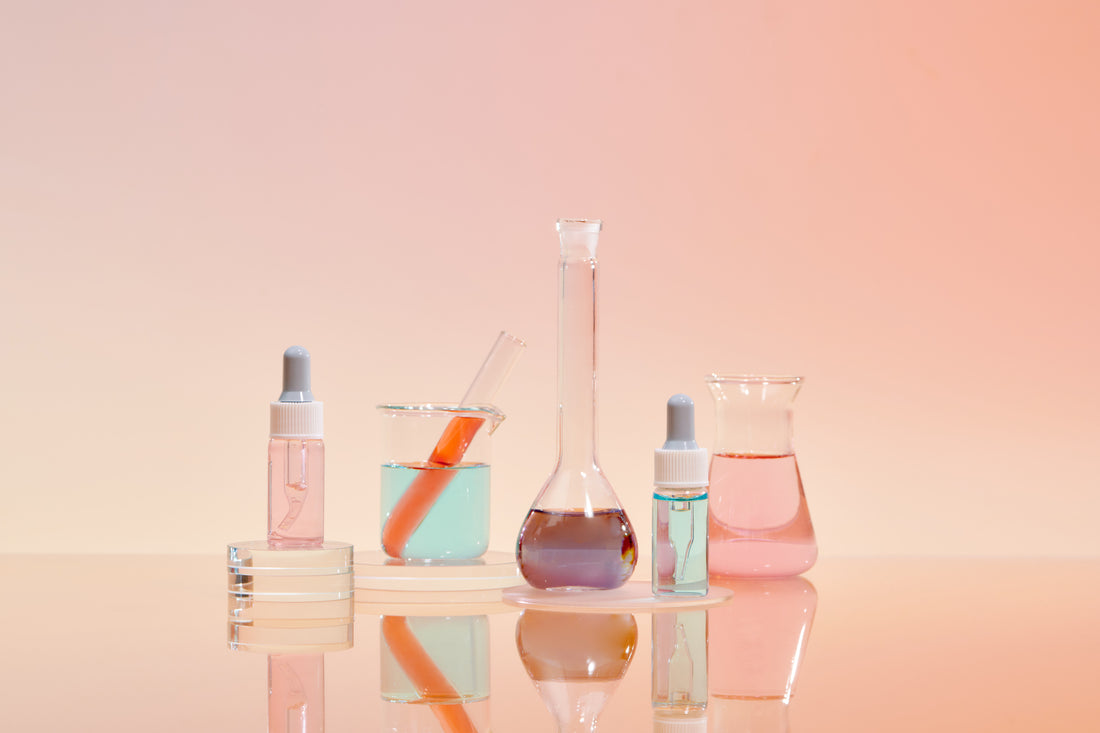A “Certificate of Analysis” or COA is a product analysis performed by a lab that specializes in chemical analyses. A COA demonstrates that a company has had the content of its products verified via a commercially disinterested (i.e., 3rd party) entity besides themselves.
COAs are requested by CBD manufacturers to verify product ingredients as well as purity, potency, and biosafety. In the case of CBD companies, COAs are also used to confirm CBD, THC, and other cannabinoid content, and to check for impurities such as pesticides, solvents, contaminants, and heavy metals.
Unfortunately, tests have revealed that some CBD brands don’t contain the amount of CBD listed on their labels. In 2020, the FDA produced a Report: “Sampling Study of the Current Cannabidiol Marketplace to Determine the Extent That Products are Mislabeled or Adulterated.” To compile this report, the FDA purchased 200 CBD products to see if the amount of CBD they contained matched what was given on their labels.
Out of the 200 products, due to the timing and onset of COVID, only 147 ended up actually getting tested. Of those, 138 were found to contain CBD. Nine did not, but of those, seven didn’t have CBD on their labels (or were labeled “no CBD” – why those were tested remains unclear).
Out of the 102 remaining products with labels stating that a specific amount of CBD was present, 18 (~18%) contained less than 80% of the amount indicated on the label, 46 (~45%) contained within 20 percent of the amount indicated, and 38 (~37%) contained more than 120 percent of the amount indicated.
Although that might seem abysmal in terms of accuracy, CBD manufacturers are not alone in producing products that contain more or less active ingredients than what’s given on their labels. A recent article by Melissa Rudy reveals how the Cambridge Health Alliance, in conjunction with the University of Mississippi, found similar results upon testing several melatonin gummy brands for melatonin content.
Of the 25 melatonin gummy brands tested in their study, 22 (88%) were found to be inaccurately labeled. Only three gummy products were found to contain within 10% of the amount indicated on their labels. With the remaining 22, the amount of melatonin contained in the products was much higher than the labels had stated – 74% to 347% higher.
One of the melatonin gummies labeled to contain only melatonin actually contained CBD, but no melatonin. Five of the melatonin gummies were labeled as also containing CBD, and of those, the amount of CBD found was actually over 100% of the amount given on the labels.
My point is not to make comparisons between the accuracy of CBD labels versus melatonin labels, but rather to demonstrate the importance of purchasing such products from reputable companies. COAs, in this context, are a valuable tool companies and consumers alike can use to ensure that products contain what is given on their labels, no more and no less. Please note: the melatonin study used a small sample size (25) – a larger sample may yield a different result.
How to read a COA for CBD
1.) CBD / THC ContentMake sure to check to see if the CBD and/or THC content found in the product matches the label. If you’re looking to avoid THC, the quantity should be listed as ND (Not Detected).
2.) Cannabinoids
Check to see what other cannabinoids are present, and in what amounts. If your product is broad or full spectrum, other cannabinoids should be present (e.g., CBN, CBG, CBC). If your product is broad spectrum, you should see minimal or no THC – if full spectrum, you should see THC (but not over .3% total).
3.) Terpenes (Terpenoid Profile)
Some COAs include a terpene profile. These profiles may include only a handful of compounds, or be quite extensive. Common terpenes include b-Caryophyllene, a-Humulene, Myrcene, a-Pinene, Limonene, b-Pinene, Linalool, and Borneol, among others.
4.) Impurities
COAs often check for impurities, which can be biological or chemical in nature. Since the CBD/THC extraction process sometimes employs solvents, these are often tested for, and may be referred to as “Residual Solvents,” “Chemical Residues,” or simply “Solvents.”
Heavy metals such as Arsenic, Cadmium, Lead, Mercury, Chromium, and Tin are sometimes tested for since Hemp can take on metal contamination from the soil in which it’s grown. Likewise, pesticide levels are frequently checked as well.
Mycotoxins are naturally occurring toxins produced by molds (fungi). They can grow on a variety of crops, so Hemp is often tested for them as well. Some examples of mycotoxins are Aflatoxin B1, B2, G1, G2, and Ochratoxin A.
Bacteria such as Salmonella and E. Coli can affect almost any crop, including Hemp, so these are sometimes tested for as well. These might be listed in a “Microbial Analysis” section.
For all these impurities, you should ideally see a result of LOQ “less than the limit of quantification,” or ND “not detected.”
Other important info found on a COA
Most COAs also contain an order number for the analysis, as well as the contact info for both parties, i.e., the company that conducted it and the company that requested it. If relevant, lot and batch numbers corresponding to the products tested are also included.If you have questions after viewing a COA, either of the parties listed on it should be able to provide answers.
Written by S.W. Afton
Note: Luxury CBDs only sells CBD products that have accompanying COA reports produced by reputable US laboratories.

